Teluk Cendrawasih
Teluk Cendrawasih
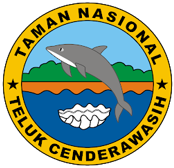 Teluk Cenderawasih National Park is the largest marine national park of Indonesia, located in Cenderawasih Bay, south-east of Bird’s Head Peninsula. It includes the islands of Mioswaar, Nusrowi, Roon, Rumberpon and Yoop. The park protects a rich marine ecosystem, with over 150 recorded coral species, for which it is considered a potential World Heritage Site. In 1990, the area was designated as Teluk Cendrawasih Marine Nature Reserve. The national park was designated in 1993 and declared in 2002. The park is managed by Balai Taman Nasional with a personnel of 106.
Teluk Cenderawasih National Park is the largest marine national park of Indonesia, located in Cenderawasih Bay, south-east of Bird’s Head Peninsula. It includes the islands of Mioswaar, Nusrowi, Roon, Rumberpon and Yoop. The park protects a rich marine ecosystem, with over 150 recorded coral species, for which it is considered a potential World Heritage Site. In 1990, the area was designated as Teluk Cendrawasih Marine Nature Reserve. The national park was designated in 1993 and declared in 2002. The park is managed by Balai Taman Nasional with a personnel of 106.
Cenderawasih Bay National Park is the largest marine national park in Indonesia, consisting of land and coastlines (0.9%), mainland islands (3.8%), coral reefs (5.5%), and ocean waters ( 89.8%). This national park is located in Cenderawasih Bay, West Papua province. Cenderawasih Bay National Park covers the islands of Mioswaar, Nusrowi, Roon, Rumberpon and Yoop.
 Flora and fauna
Flora and fauna
Extending over 14,535 km2, the national park includes coastal and mangrove ecosystems (0.9%), coral reefs (5.5%), island tropical forest ecosystems (3.8%), and marine waters (89.8%). Some 46 species of plant have been recorded on the islands, dominated by Bruguiera and Avicennia species, Nypa fruticans, Metroxylon sagu, Casuarina equisetifolia, and Terminalia catappa.
 The coral reef ecosystem forms part of the Coral Triangle region. In the park, 150 species of coral have been recorded, consisting of 15 families and distributed on the shores of 18 islands. Among these are colonies of blue coral, black coral, Leptoseris species, Mycedium elephantotus, and Alcyonacea or soft corals. The percentage of live coral coverage varies from between 30-40% to 64-65%.
The coral reef ecosystem forms part of the Coral Triangle region. In the park, 150 species of coral have been recorded, consisting of 15 families and distributed on the shores of 18 islands. Among these are colonies of blue coral, black coral, Leptoseris species, Mycedium elephantotus, and Alcyonacea or soft corals. The percentage of live coral coverage varies from between 30-40% to 64-65%.
Over 200 fish species inhabit the park, among them butterflyfish, damselfish, parrotfish, rabbitfish, clownfish and sharks including whale sharks. Species of mollusc include cowry, Strombidae, Lambis species, Charonia tritonis, and giant clam.
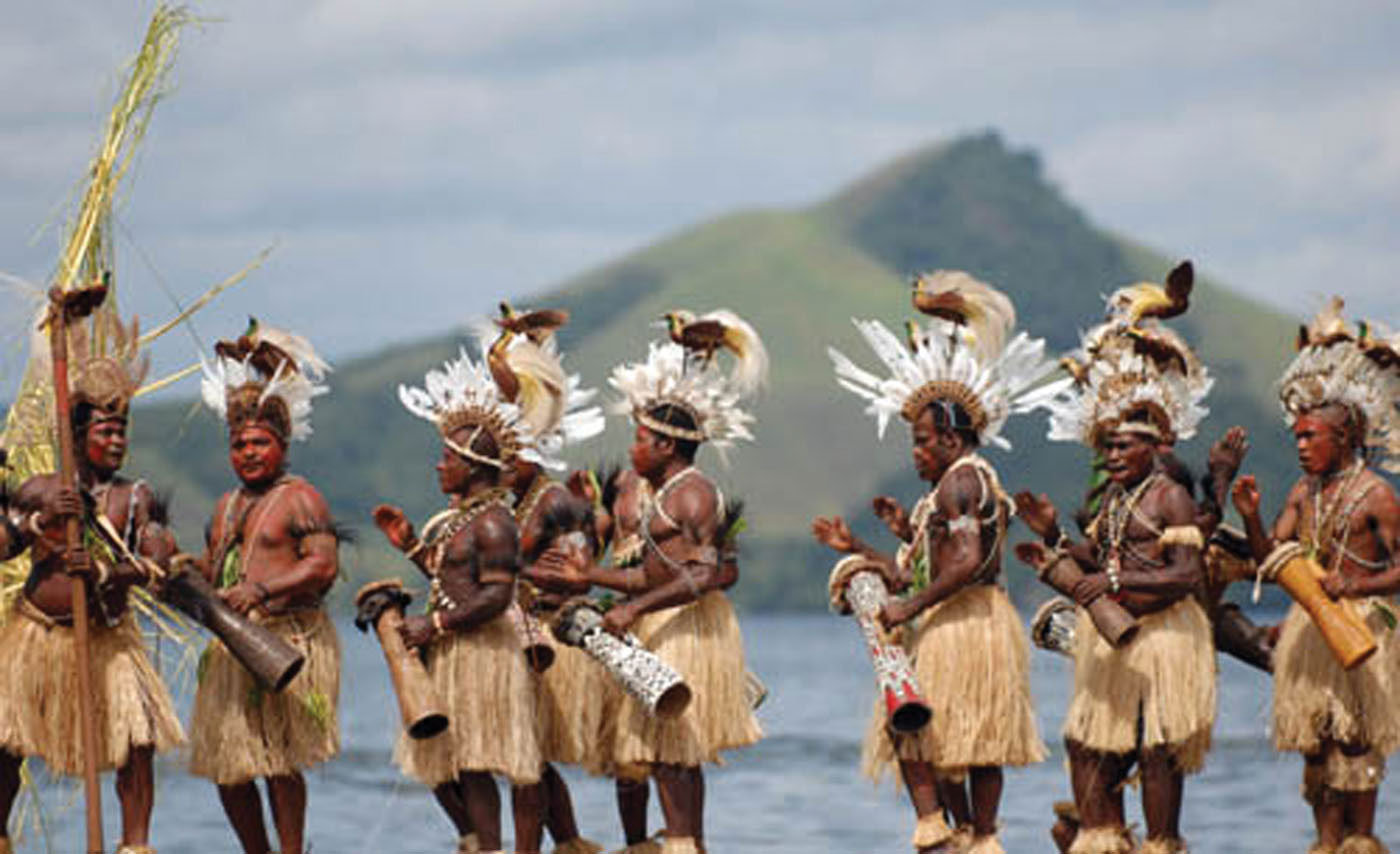 Four species of turtle are common in the park: the hawksbill turtle, green turtle, olive ridley turtle, and leatherback turtle. Mammals include dugong, blue whale and dolphins.
Four species of turtle are common in the park: the hawksbill turtle, green turtle, olive ridley turtle, and leatherback turtle. Mammals include dugong, blue whale and dolphins.
Human habitation
About 14,000 people live in 72 villages within the park. Several Austronesian languages are spoken in the area, which form part of the Cenderawasih languages branch and include: Wandamen, Dusner, Meoswar, Roon and Yeretuar. Most of the park is part of Teluk Wondama Regency of West Papua province, while the eastern part is in Nabire Regency of Papua province.

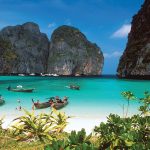
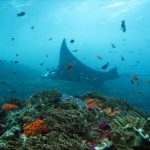
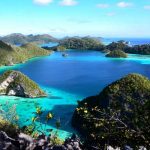

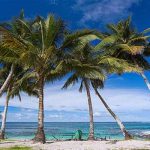
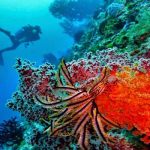

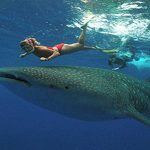
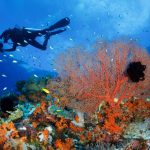
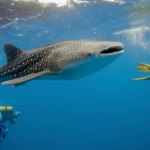
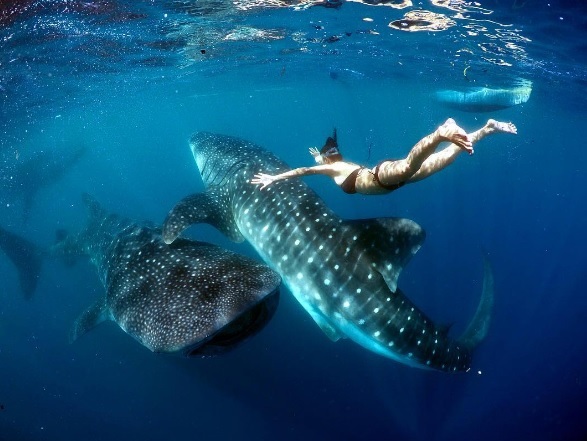 Cendrawasih Bay National Park is representative of coral reef ecosystems, beaches, mangroves and mainland tropical forest islands in Papua.
Cendrawasih Bay National Park is representative of coral reef ecosystems, beaches, mangroves and mainland tropical forest islands in Papua.
Biodiversity
The coral potential of Cendrawasih Bay National Park is recorded as 150 species from 15 families, and spread over the banks of 18 large and small islands. The percentage of live coral cover varies from 30.40% to 65.64%.
 Generally, coral reef ecosystems are divided into two zones, namely the reef flat zone and the reef slope zone.
Generally, coral reef ecosystems are divided into two zones, namely the reef flat zone and the reef slope zone.
The types of corals that can be seen include blue coral colonies (Heliopora coerulea), black coral (Antiphates sp.), Faviidae and Pectiniidae families, and various types of soft corals.
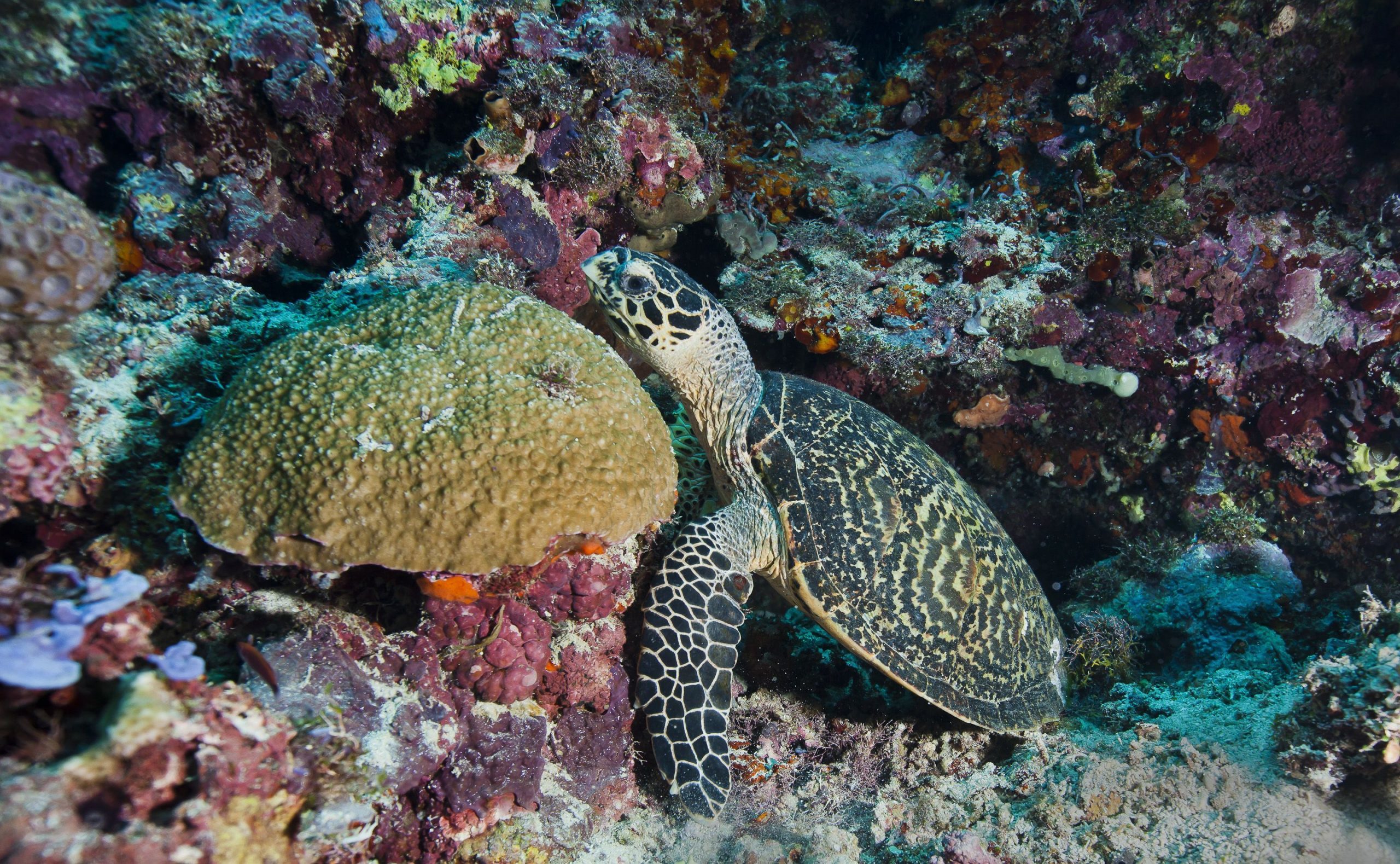 Cendrawasih Bay National Park is famous for its rich species of fish. There are approximately 209 species of fish that inhabit this area, including butterflyfish, angelfish, damselfish, parrotfish, rabbitfish, and anemonefish.
Cendrawasih Bay National Park is famous for its rich species of fish. There are approximately 209 species of fish that inhabit this area, including butterflyfish, angelfish, damselfish, parrotfish, rabbitfish, and anemonefish.
Types of mollusks include the cowries snail (Cypraea spp.), The strombidae snail (Lambis spp.), The cone snail (Conus spp.), The triton triton (Charonia tritonis), and the giant clam (Tridacna gigas).
There are four types of turtles that frequently land in this national park, namely the hawksbill turtle (Eretmochelys imbricata), green turtle (Chelonia mydas), lekang turtle (Lepidochelys olivaceae), and leatherback turtle (Dermochelys coriacea).
Dugong (Dugong dugon), blue whale (Balaenoptera musculus), coconut crab (Birgus latro), dolphins and sharks are often seen in the waters of the Cendrawasih Bay National Park.

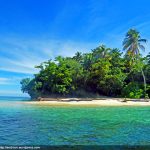

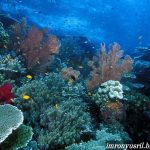
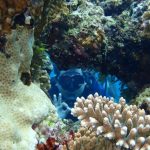
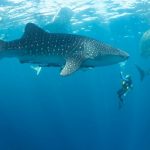
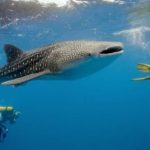
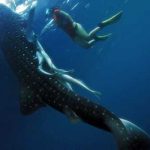
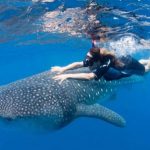
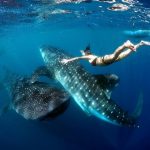
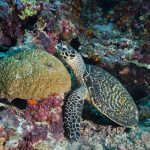
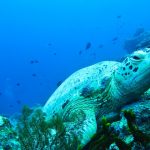
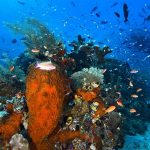
 Tourism
Tourism
There is a natural cave which is a relic of ancient times, a hot spring containing sulfur without salt content on Misowaar Island, a cave in water with a depth of 100 feet in Tanjung Mangguar. A number of relics from the 18th century can still be found in several places such as in Wendesi, Wasior, and Yomber. Many Christians visit the church in Yende village (Roon Island), only to see the holy book published in 1898.
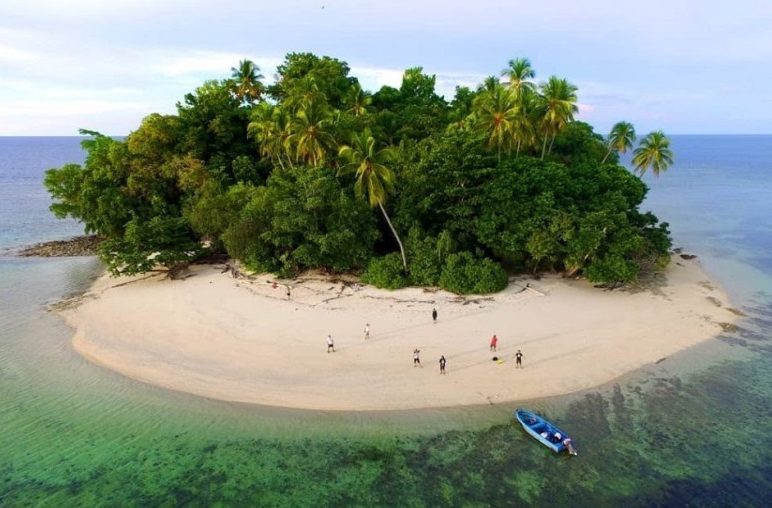 Travel Destinations
Travel Destinations
Rumberpon Island. Locations for observing animals (birds), deer breeding, marine tourism, diving and snorkeling, the skeleton of a Japanese fighter plane that crashed into the sea.
Nusrowi Island. Diving and snorkeling, marine tourism, animal observation.
Mioswaar Island. Hot springs, waterfalls, diving and snorkeling, animal observation and cultural tourism.
Yoop Island and Wondesi waters.
Whale and dolphin watching.
Roon Island.
Bird watching, diving and snorkeling, waterfalls, cultural tourism, and an old church.
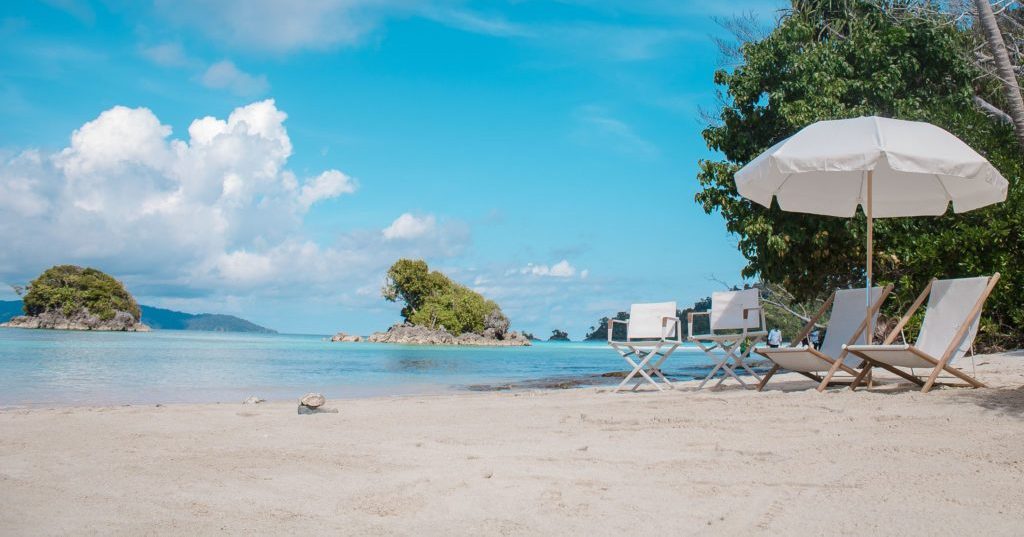 Access to Transportation
Access to Transportation
From Jakarta, Surabaya, Denpasar, Ujung Pandang, Jayapura, Honolulu and Darwin by plane to Biak, then from Biak by plane to Manokwari or Nabire. From Jakarta, Surabaya, Ujung Pandang and Jayapura by ship to Manokwari or Nabire.
From Manokwari to the national park location (Rumberpon Island) by longboat, it will take 5.5 hours. Or from Manokwari to the sub-district city of Ransiki by car for about three hours and followed by a motorboat for about 2.5 hours.
